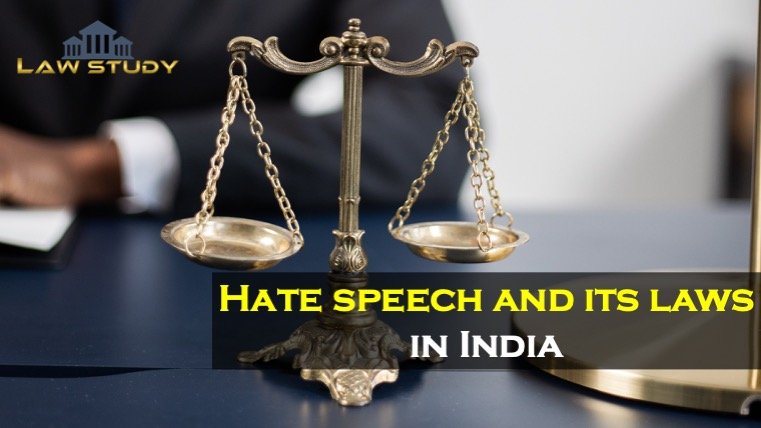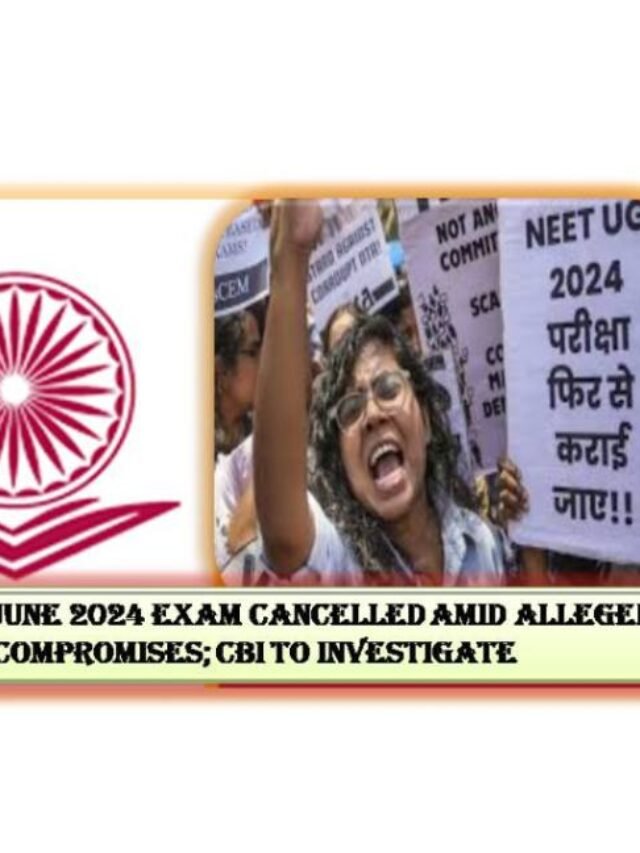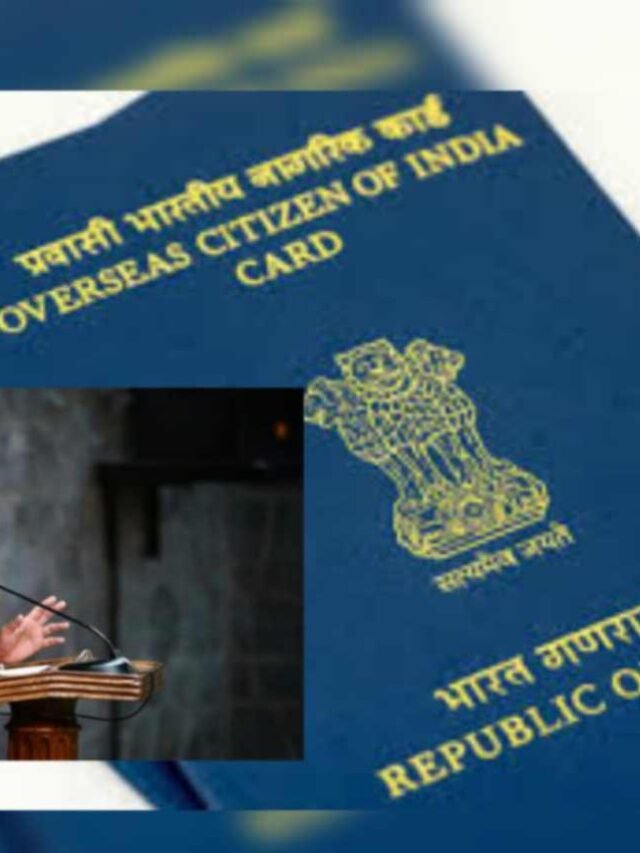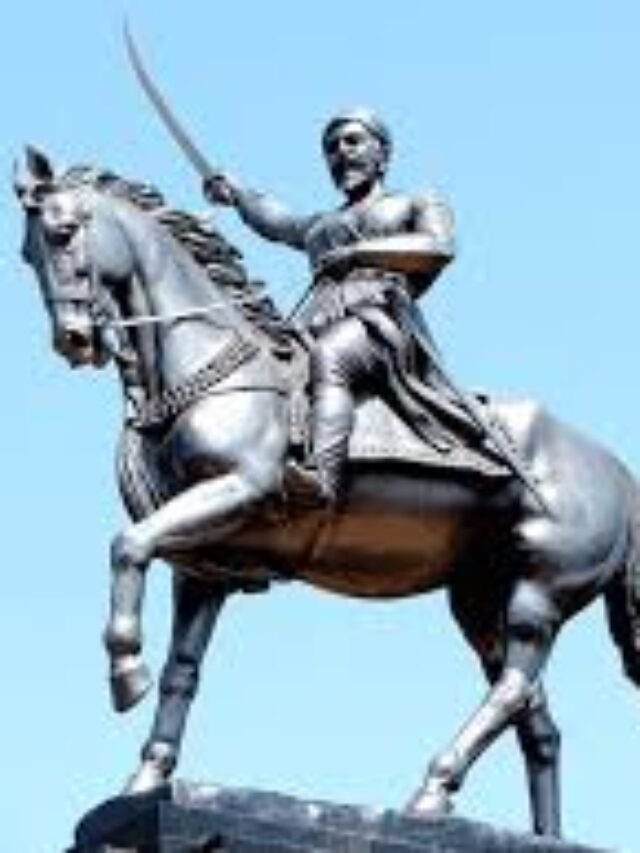Introduction of hate speech and laws in India: – Hate speech becomes one of the main worries in a nation like India where it is not specifically prohibited by the criminal code. The phrase “Hate Speech” is commonly used in daily newspapers. Therefore, it is crucial to have a proper understanding of the phrase and its legal implications in Indian society. In this article, we define hate speech, as well as the rules that govern it.
Definition of hate speech
Criminal law does not provide a precise definition of hate speech. The words, writings, actions, symbols, and manifestations that encourage violence or stir up discord among communities and groups are also included in this definition.
In accordance with a report from the Bureau of Police Research and Development, hate speech is characterized as a language that is intended to disparage (criticise someone unfairly), insult, threaten, or target a person due to their identity or other characteristics.
Report 267 from the Indian Law Commission
According to the Law Commission of India’s 267th report, “incitement of hatred towards a group of individuals based on their race, region, gender, sexual orientation, or religion” constitutes hate speech.
In essence, hate speech is defined as words, signs, or other visual depictions/representations used to incite fear or alarm in or around a person or to incite hatred. It is regarded as a restriction on free speech when it seeks to prevent or prohibit speech that exposes an individual, a group, or a part of society to hatred, violence, ridicule, or indignity.
Indian Laws Regarding Hate Speech
Here is a list of laws in India that deal with hate speech: –
Representation of the People Act, 1951
The Representation of the People Act, which was passed in 1951, governs the eligibility, disqualification, and behaviour of MPs and MLAs. The following are its sections on hate speech:
If convicted of exercising freedom of speech or expression improperly, a person is unable to run for office under Section 8 of the Representation of the People Act, 1951.
Promoting animosity based on race, religion, caste, region, or language during elections is an unconstitutional perversion of the electoral process, as per sections 123(3A) and 125 of the Representation of the People Act, 1951.
The Protection of Civil Rights Act, 1955
According to section 7 of the Protection of Civil Rights Act, it is unlawful to use words, gestures, or other visuals to incite or promote untouchability.
Indian Penal Code, 1860
Some important provisions in the Indian Penal Code address outrageous remarks and gestures that seek to penalize hate speech.
Promoting hostility between various groups of people based on religion, race, place of birth, residence, language, etc., and acting in ways that impair maintaining harmony amongst them is a crime punishable by three years in prison under section 153A of the IPC. If committed at a house of worship or an assembly participating in religious worship or religious ceremonies, it is punishable by a five-year prison sentence.
- Section 295A of the IPC punishes those who instigate religious hatred against any particular group of individuals or religion by insulting their faith or beliefs.
- According to Section 124A of the IPC, any word that promotes hatred or national discord against the govt is liable to be punished as sedition.
- It is an offence under section 505 of the IPC to make “statements conducive to public mischief.“
- Furthermore, section 505(1) of the IPC applies to publications, reports, or false rumours that incite military rebellion, or cause such fear of alarm that people commit crimes against the state or public order, or should incite or encourage an offence against a different class or community. This is punishable by a three-year prison sentence.
- Sec.505(2) of the IPC criminalizes statements that promote enmity, hatred or ill will between classes.
- According to Sec. 505(3) of the IPC, committing the same offence in a place of worship or any other assembly that engages in religious worship or religious ceremonies will result in a five-year prison sentence.
Recommendation of the Law Commission
The Law Commission acknowledges in its 267th report that discrimination against groups based on “sex, gender identity, and sexual preference” should be protected under hate speech statutes.
Pravasi Bhalai Sangathan vs. Union of India (2014)
The Apex Court stated that hate speech, irrespective of its form, requires a deeper investigation by the Law Commission to investigate the issue raised. And, if considered appropriate, define hate speech as well as make recommendations to the Legislature to strengthen the Election Commission in order to identify the worst aspects of hate speech.
Following this analysis, the Law Commission stated in its 267th report, published in March 2017, that it should create separate offences to criminalize hate speech rather than incorporating it into existing sections considering provocative acts as well as speeches. The commission has recommended amending the Indian Penal Code by adding two new sections. i.e. Sections 153C and 505A .
- According to the proposal, it is against the law (under Section 153C of the IPC) for anybody to: use signs or visual representations to verbally or in writing threaten the public or incite violence on the basis of caste, community, place of birth, language, disability, race, sex, or gender identity. It proposes a two-year prison sentence for this, a fine of Rs 5,000, or both.
- The draft’s Section 505A (of the IPC) proposes to punish words or displays of writings or signs that are gravely threatening or derogatory, either within earshot or sight of another person, with the intent to provoke unlawful violence against another person. It proposes a one-year prison sentence or a fine of up to Rs 5,000, or both.
Conclusion
Hate speech has always been controversial. It becomes more complicated to deal with in a nation such as India, where there are many different cultures & ethnic backgrounds, and it is challenging to distinguish between free speech & hate speech. As a result, the first step toward eradicating hate speech is to describe it appropriately. Following that, other initiatives such as raising public awareness about hate speech should be implemented.

























